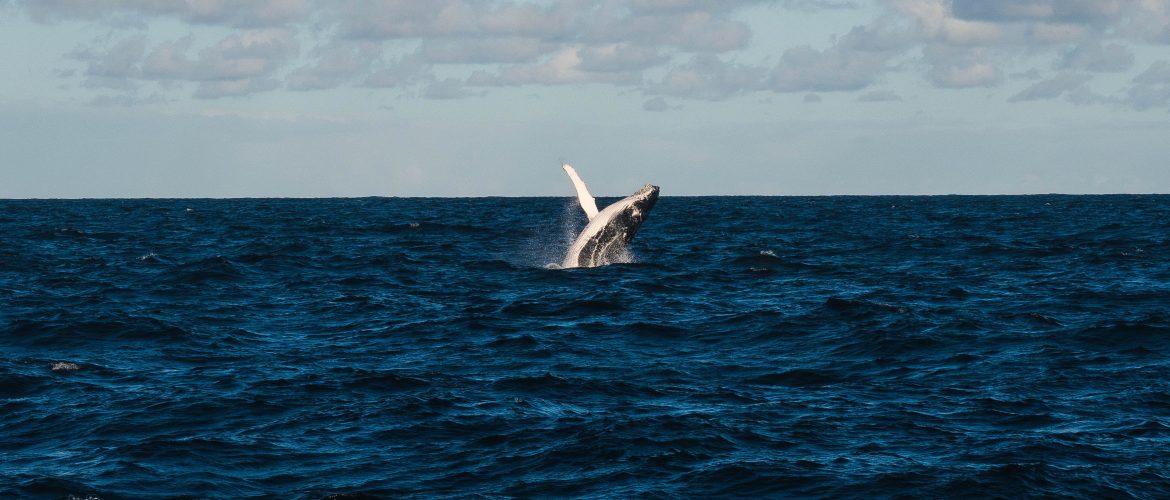After more than 15 years of discussions, the United Nations has adopted, on June 19, 2023, the first-ever international treaty to govern the high seas and protect remote ecosystems vital to humanity.
This historic agreement aims to ensure the conservation and sustainable use of marine biodiversity of areas beyond national jurisdiction, which cover over two-thirds of the ocean.
Iconic marine species like whales, sharks, turtles, and tuna range freely between national waters and the high seas. The current low level of protection leaves oceanic species and ecosystems exposed to the impacts of unsustainable industrial fishing, shipping, and other human activities. The High Seas Treaty finally provides a mechanism for establishing marine protected areas in the waters that sit outside the control of individual countries.
Building on the legacy of the United Nations Convention on the Law of the Sea It provides an essential framework for cross-sectoral cooperation between and among States and other stakeholders to promote the sustainable development of the ocean and its resources and to address the manifold pressures it faces.
The efficient and timely implementation of this agreement will have a crucial effect on achieving the goals and targets posed by the 2030 Agenda for Sustainable Development and the Kunming-Montreal Global Biodiversity Framework. To this end, the Agreement focuses on four key issues.
- Establishing a framework for the fair and equitable sharing of benefits from activities related to marine genetic resources and digital sequence information about marine genetic resources in areas beyond national jurisdiction.
- Enabling the establishment of area-based management tools, including marine protected areas, to conserve and sustainably manage vital habitats and species in the high seas and international seabed.
- Ensuring the assessment and consideration of environmental impacts in decision-making processes for activities in areas beyond national jurisdiction. It will also establish an international legal framework for assessing cumulative impacts and the consequences of climate change, ocean acidification, and related impacts.
- Promoting cooperation and capacity-building for marine technology transfer to assist Parties in achieving the objectives of the agreement, thereby creating a fair and level playing field for all states to responsibly use and benefit from marine biodiversity in areas beyond national jurisdiction.
The agreement will be open for signature as of September 20, 2023, and will enter into force upon ratification by sixty states. It will be crucial to join forces and promote coordination among States, stakeholders, and the United Nations system to ensure the ratification and rapid implementation of this agreement. Such collaboration is critical to addressing the threats facing the oceans and successfully achieving ocean-related goals and targets, including Agenda 2030 and the Kunming-Montreal Global Biodiversity Framework.
References:
Aljazeera (2023). UN adopts historic High Seas Treaty. URL: https://www.aljazeera.com/news/2023/6/19/un-adopts-historic-high-seas-treaty [Accessed in June of 2023]
United Nations (2023). Press Release: Historic agreement adopted at the UN for conservation and sustainable use of biodiversity in over two-thirds of the ocean. URL: https://www.un.org/sustainabledevelopment/blog/2023/06/press-release-historic-agreement-adopted-at-the-un-for-conservation-and-sustainable-use-of-biodiversity-in-over-two-thirds-of-the-ocean/ [Accessed in June of 2023]
WWF (2023). Governments formally adopt High Seas Treaty, paving the way for greater ocean protection. URL: https://wwf.panda.org/wwf_news/?9082466/Governments-formally-adopt-High-Seas-Treaty-paving-the-way-for-greater-ocean-protection [Accessed in June of 2023]


